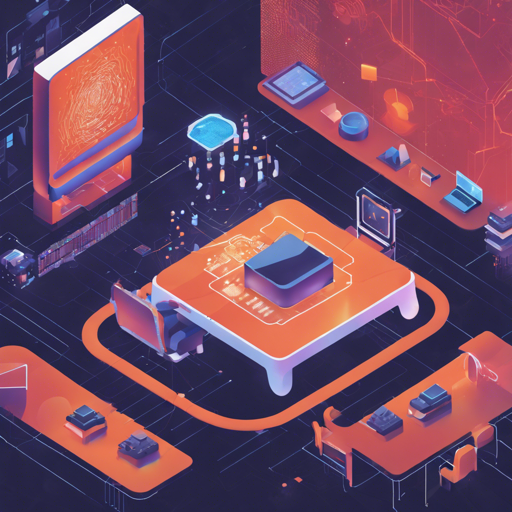Welcome to the world of neural graphics! If you’re keen on exploring cutting-edge technology that speeds up rendering times drastically for neural graphics primitives, then HashNeRF in PyTorch is worth the effort. In this guide, I’ll walk you through the steps needed to set up and train a HashNeRF model using PyTorch, all while keeping it user-friendly and straightforward.
What is HashNeRF?
HashNeRF is an implementation of a novel approach introduced in Instant-NGP, which allows for tremendously accelerated training of Neural Radiance Fields (NeRFs). This means you can achieve high-quality renderings in record time—up to 100x faster than traditional methods!
Getting Started
To kick off your journey, you need to download the nerf-synthetic dataset. Once you have that ready, you can dive into training your HashNeRF model.
Training a HashNeRF Model
Here’s a simple command to train a chair model:
python run_nerf.py --config configs/chair.txt --finest_res 512 --log2_hashmap_size 19 --lrate 0.01 --lrate_decay 10Replace configs/chair.txt with configs/object.txt if you are training on different objects like ficus or hotdog.
After just 5,000 iterations (approximately 10 minutes on a single 1050Ti), you should witness the first glimpses of crisp renderings!
Understanding the Code Through Analogy
Think of training a HashNeRF model as crafting a beautiful sculpture. The run_nerf.py script is like the sculptor’s chisel, allowing you to carve out the details. The configuration files act as your blueprint—the plan that dictates what your sculpture (or final rendering) will look like. Setting parameters like finest_res and log2_hashmap_size allows you to fine-tune the intricacies of your work, ensuring that what you create is not only fast but of spectacular quality. Just like you wouldn’t chisel away at a statue without a vision, having your parameters set correctly is crucial for achieving the desired output.
Extras and Features
The codebase comes with some additional features to enhance your training:
- Total Variation Loss for smoother embeddings (activate with
--tv-loss-weight) - Sparsity-inducing loss on ray weights (activate with
--sparse-loss-weight)
Training on the ScanNet Dataset
If you’re aiming to train a NeRF model on scenes from the ScanNet dataset, you might find it slightly complex. Don’t worry, there are instructions available in ScanNet.md to guide you through the setup process.
Troubleshooting Tips
- If you encounter issues with convergence, ensure that your dataset is correctly structured and paths are accurately specified.
- Make sure that your hardware meets the requirements for efficient processing, especially when training on large datasets.
- For more insights, updates, or to collaborate on AI development projects, stay connected with fxis.ai.
At fxis.ai, we believe that such advancements are crucial for the future of AI, as they enable more comprehensive and effective solutions. Our team is continually exploring new methodologies to push the envelope in artificial intelligence, ensuring that our clients benefit from the latest technological innovations.
Conclusion
With this guide and a bit of practice, you’ll be well on your way to harnessing the power of HashNeRF in PyTorch. Happy rendering!

